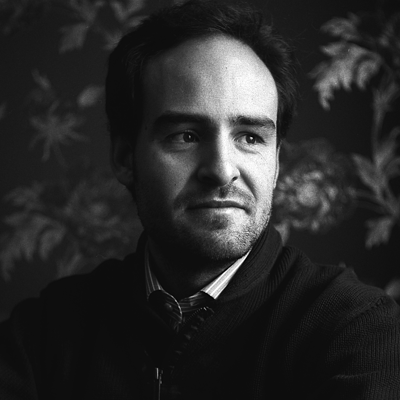Oct 30 , 17:00 - 17:15
Molecular Pixelation: 3D representation of single-cells without a microscope
The spatial distribution of cell surface proteins governs vital processes of the immune system such as inter-cell communication and mobility. Pixelgen Technologies has developed an optics-free technology, Molecular Pixelation (MPX), that is able to simultaneously quantify protein abundance, the spatial distribution, and co-localization of targeted cell surface proteins of thousands of individual cells in parallel. Our company vision is to drive spatial proteomics discoveries at subcellular level by overcoming the limited scalability in the multiplexing and throughput of previous technologies and without the need of dedicated instrumentation to perform the experiment.
MPX creates three-dimensional spatial maps of cells by imprinting spatial information from antibody oligonucleotide conjugates bound to protein on the cell surface, using DNA-based nanometer sized molecular pixels. These DNA-pixels form over 1,000 connected spatial zones per single cell, producing graphs that reconstruct the cell surface in-silico; forming a single cell surface map of membrane proteins. In our recent study, we show how MPX can be used to monitor constellations of proteins on the cell surface after the effects of treatment or stimulation. By applying spatial statistics on these cell surface graph representations, we uncover both known and novel patterns of protein spatial polarization and co-localization associated with vital immune processes such as intercellular communication, antibody dependent cellular cytotoxicity and mobility.
In this talk, I will show how MPX is a technology that allows us to represent cells as volumetric point clouds retaining information about the respective cellular shape and stimulation.
View project
Speaker
Co-authors
Pouria Tajvar, Vincent van Hoef, Stefan Petkov, Ludvig Larsson, Max Karlsson, Johan Dahlberg, Florian De Temmerman
